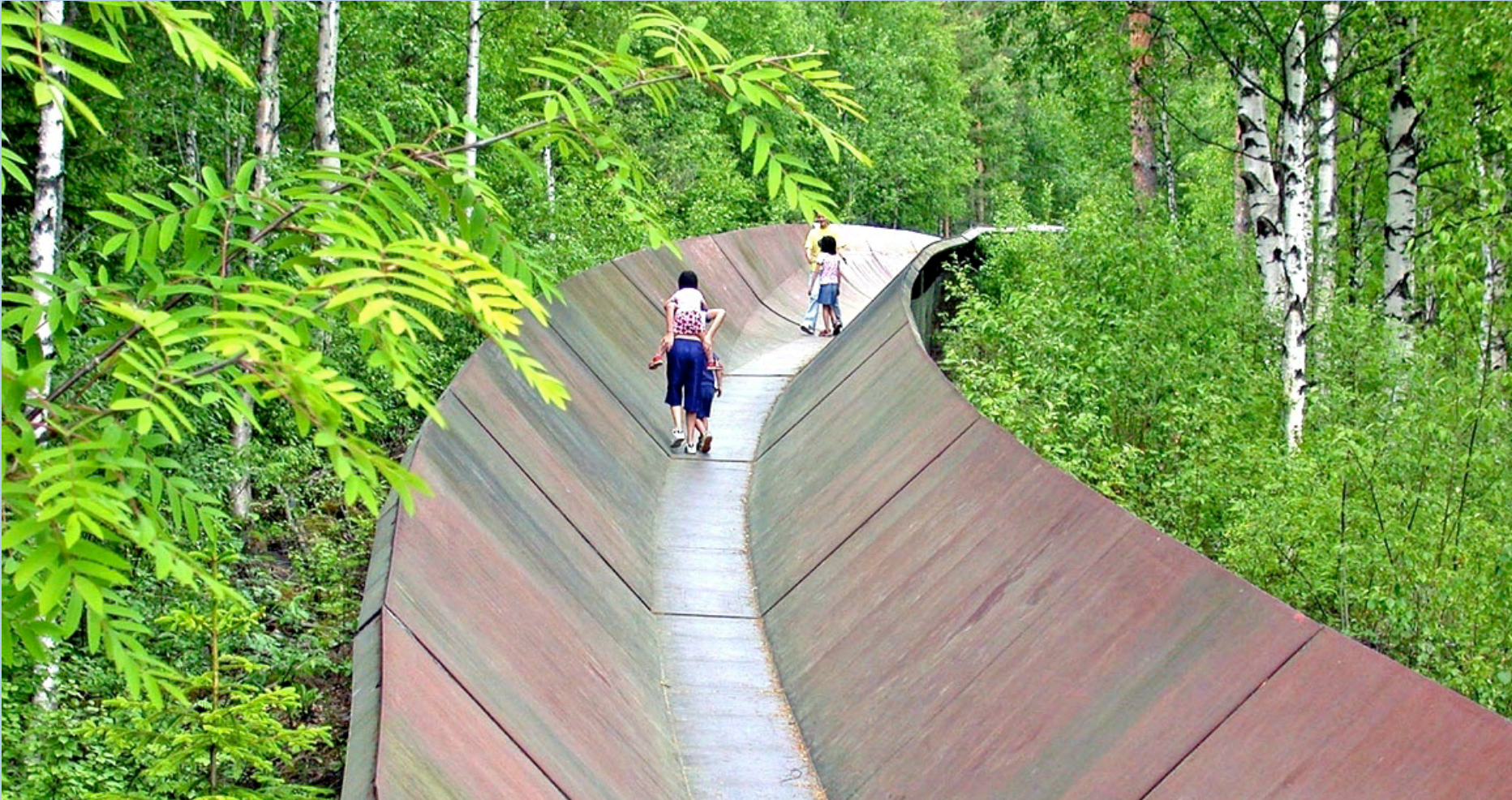In 1938, the biggest flood in living memory occurred. Six villages were essentially under water, including half of Brattby. The following year, discussions began on whether to build dyke to protect the fields from flooding. It was eventually decided to build a protective dyke along the Ume River. The County Administrative Board approved the funding and in autumn 1939 construction began. In some places, the dyke was 12 metres wide at the base and 4 metres tall. The soil was packed using a gasoline-powered vibrating machine and included soil and a layer of peat (as insulation from ground frost). Since it was finished in autumn 1940, the dyke has withstood high water levels many times.
The Brattby sawmill was originally established in Spöland in 1898 by Erik Lundström. It initially ran on waterpower and then with a crude-oil engine. It was moved to Brattby in 1929 and taken over in 1931 by Erik Lundström’s sons Manfred, Gustaf and John, at which point the sawmill was called Bröderna Lundströms Såg & Hyvleri. At its peak, the company had eight employees. In 1960, the company name was changed to Brattby Såg AB. In 2005, it had 45–50 employees.
Brattby Vårdhem opened in 1950 and was described as the largest boarding school in the country. It became a model facility for other counties. The boarding school evolved into a care facility for children and adults as well as a school for people with developmental disabilities and a residential school. Because of new legislation and newly built schools like Olovsdalsskolan and Nydalahöjden, the children transferred to other schools. Brattby Vårdhem was an institution in the county for adults with mental disabilities.
Over time, legislation changed significantly and the municipalities took over the county council’s role and responsibility for citizens with needs. The home closed in 1998.
Various companies have used the premises in recent years, but today it only houses a flea market in one part of the building. Brattby Agricultural School opened in November 1904. The area includes good farmland protected from frost. The school had four buildings that formed a square: one building for students, a house for the headmaster, a barn, and a building with rooms for woodcrafts, a foreman’s residence, and a kitchen with a student dining hall above it. The school had space for 12–14 students and the education lasted one year. Eventually, the acreage became insufficient to meet the school’s needs and the buildings required extensive renovations. The school was relocated in 1929 to Grubbeslätten, Forslunda, which later became the current Naturbruksgymnasiet, an agricultural upper-secondary school.
Brattby Gård, a private care-and-work home for adults, was started in the old agricultural school, which was purchased in 1937 by Margareta Hansson, later Dannborg.
The number of enrolees varied from 80–90 people. There was a room for crafts and theoretical studies, and students were trained for future institution residency or as farm employees.
In 1948, Brattby Gård was sold to the county council when Brattby Skolhem was also being built.
Brattby Gård was gradually closed between 1965 and 1970, and the residents moved to group homes in other areas of the county and to the newly renovated Brattby Vårdhem.
Brattby Gård is now a private residence with stables.


